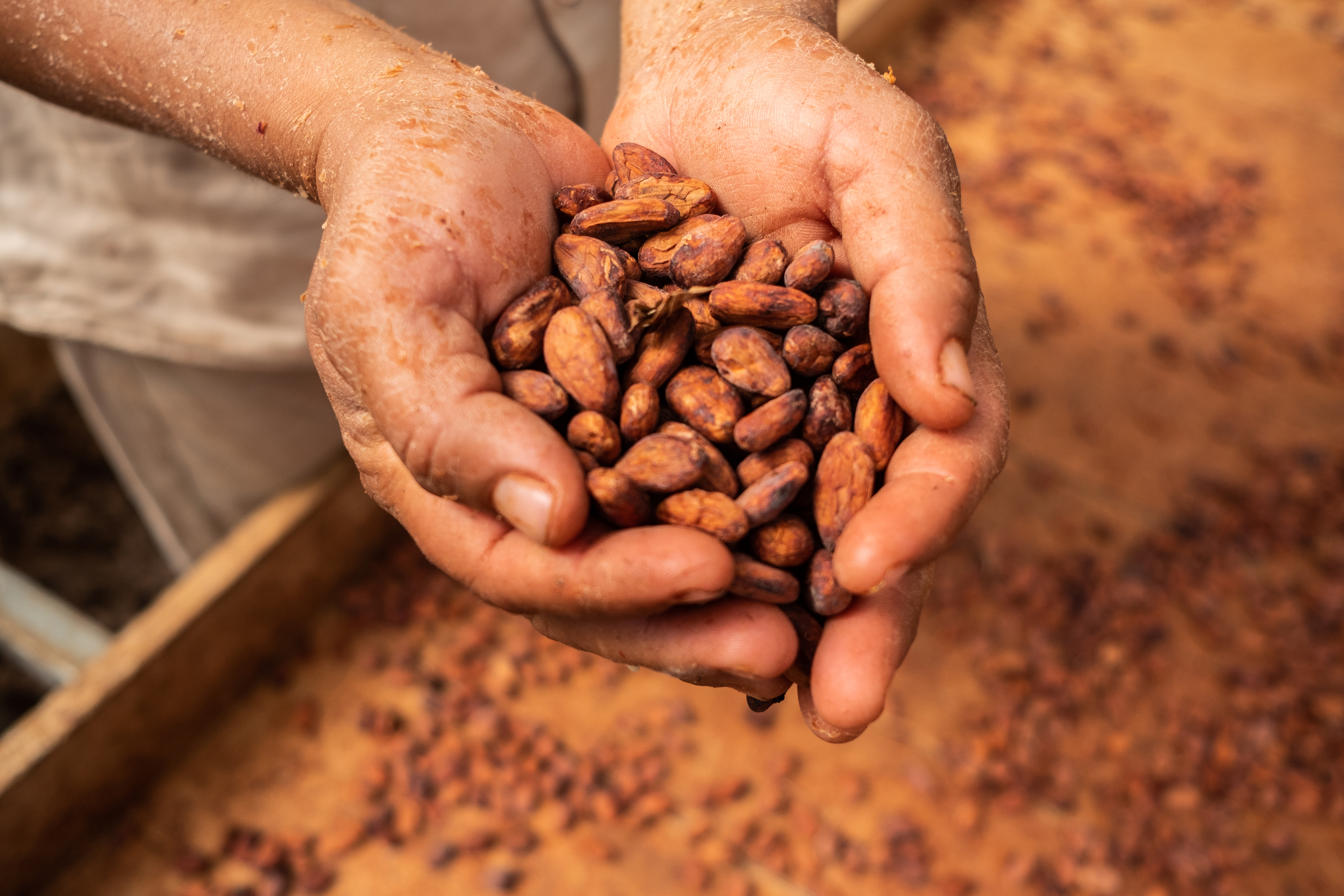Autochocolate


Plant manager,
ECOM Cocoa
Veracruz, Mexico
This story is one of a series about how hidden innovations produce the foods we eat at the prices we pay. It has been edited for length and clarity. As told to Krithika Varagur.
We get our beans from the Ivory Coast, Cameroon, Ecuador, the Dominican Republic, Peru, Colombia, and right here in Mexico. Since we are between harvests, we are in the middle of buying all the beans for next year. When we plan production for next year, we know exactly how many tons we need.
More Dispatches
I started working here in 2003. Our capacity then was 7,000 metric tons per year, and now we are processing 40,000 metric tons per year. In 2010, we scaled up our cacao product output in a major way. Then in 2016, we started producing certain products, like chocolate-covered marshmallows and almonds, in-house, which was a really big change. We sell to many different customers here in Mexico like Hershey, Mars, and so on, and we have to be competitive. It’s very important to produce efficiently, because cacao products are commodities and the cost of production is the most important thing. If you’re not competitive, you’re out. Globally, ECOM handles about 10% of the world’s cacao; the Mexico plant alone processes about 1% of the global total.
There are many different processes happening in our facility, all of which are mostly automated now: roasting the beans, grinding sugar, melting cocoa butter, powdering cocoa, tempering, molding, packaging. We work with European machines, mainly. All the programmable logic controller systems [basically, the computers that tell the larger machine what to do] come from Siemens in Germany, and we also invested about $3 million five years ago in machines from Royal Duyvis Wiener in the Netherlands. That’s the biggest difference.
This plant started about 20 years ago with many old machines that ECOM bought from Nestlé, when Nestlé closed their outfit in Mexico, and their machines were almost 100% manual. Today, we basically have two operators in one control room watching all the windows and screens, and about 95% of our work at the plant is done with computers. So the cost of staff is lower now too. We have about 100 people in the whole facility. The size of the equipment has also changed; a big roaster 20 years ago may have had a capacity of half a ton, and now it’s five tons.
<
Deep Dive
Humans and technology
Building a more reliable supply chain
Rapidly advancing technologies are building the modern supply chain, making transparent, collaborative, and data-driven systems a reality.
Building a data-driven health-care ecosystem
Harnessing data to improve the equity, affordability, and quality of the health care system.
Let’s not make the same mistakes with AI that we made with social media
Social media’s unregulated evolution over the past decade holds a lot of lessons that apply directly to AI companies and technologies.
Stay connected
Get the latest updates from
MIT Technology Review
Discover special offers, top stories, upcoming events, and more.